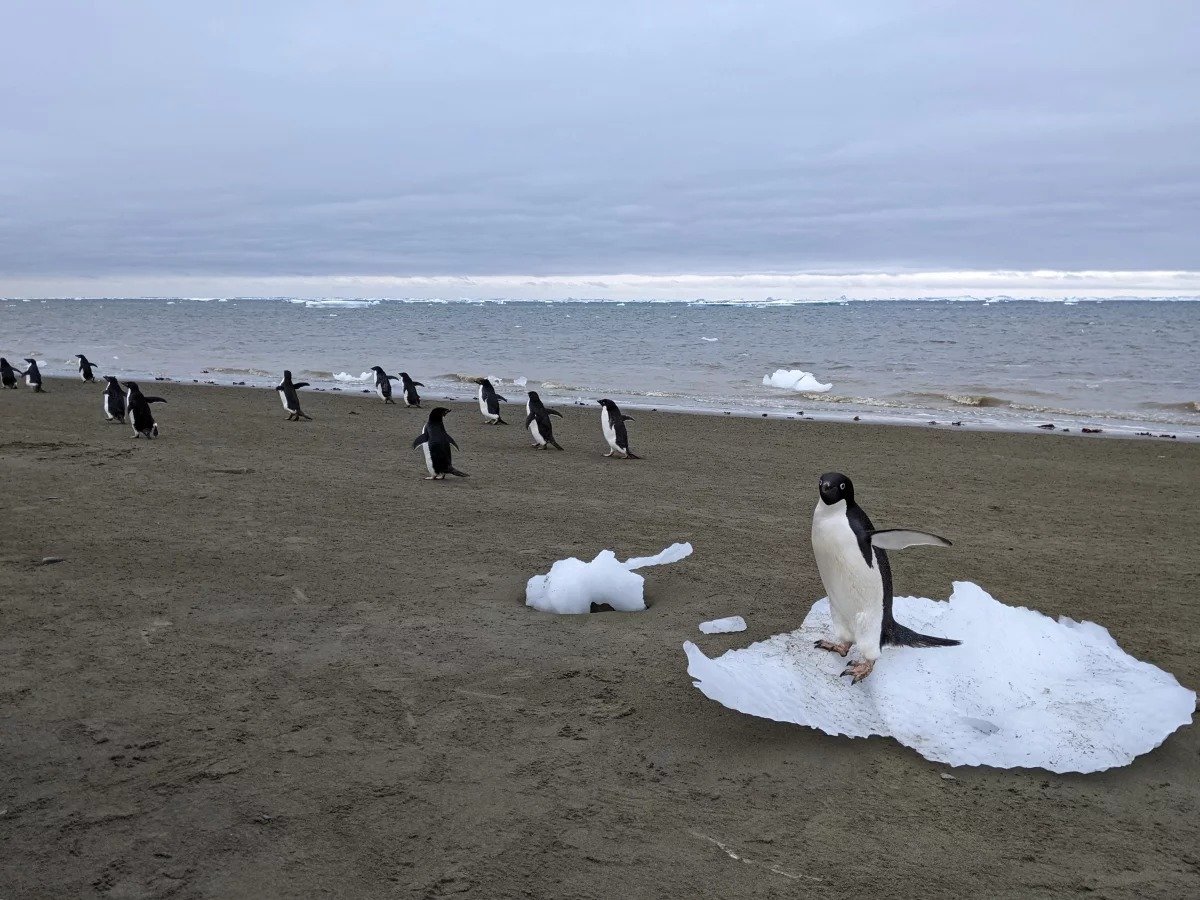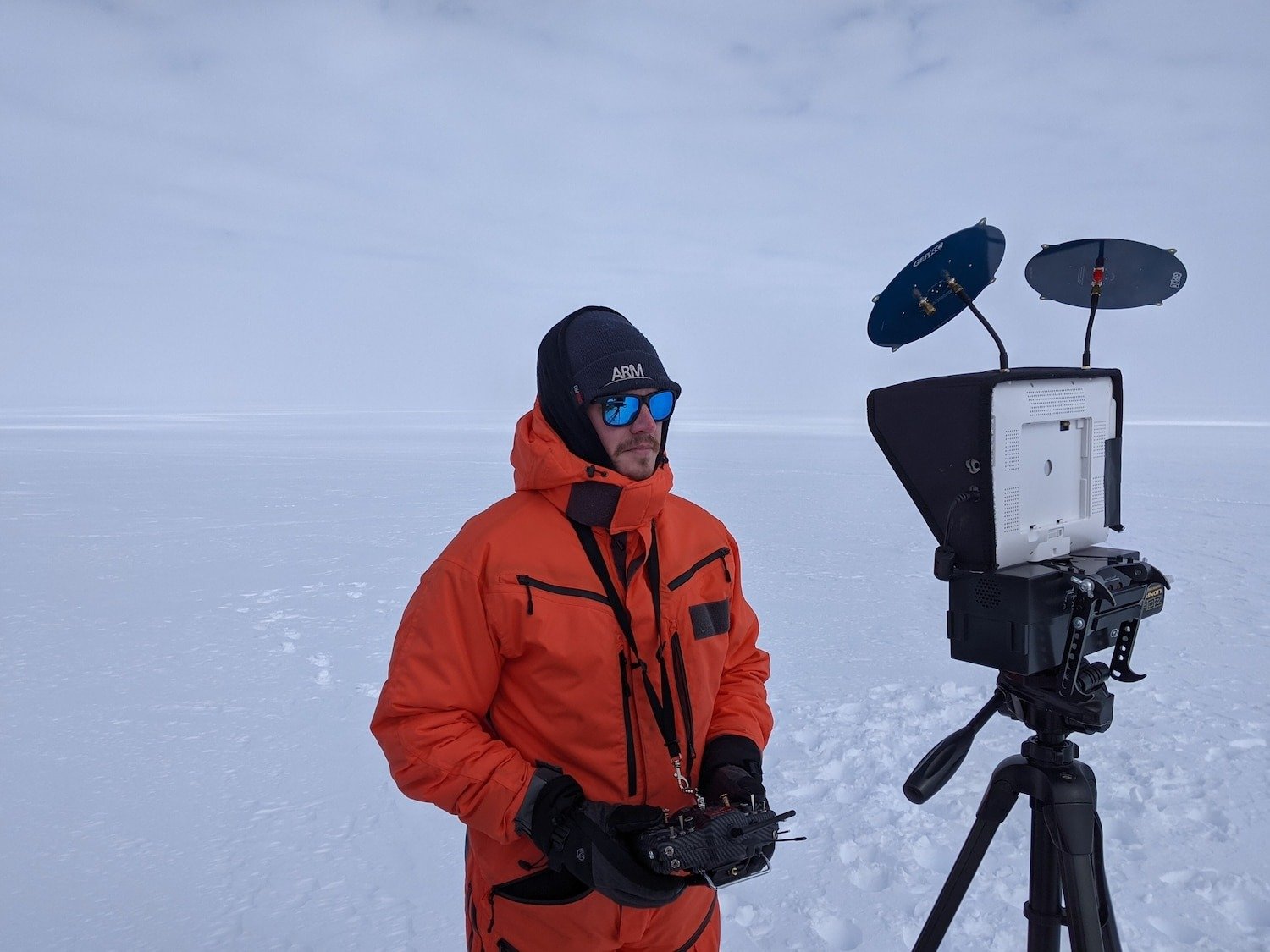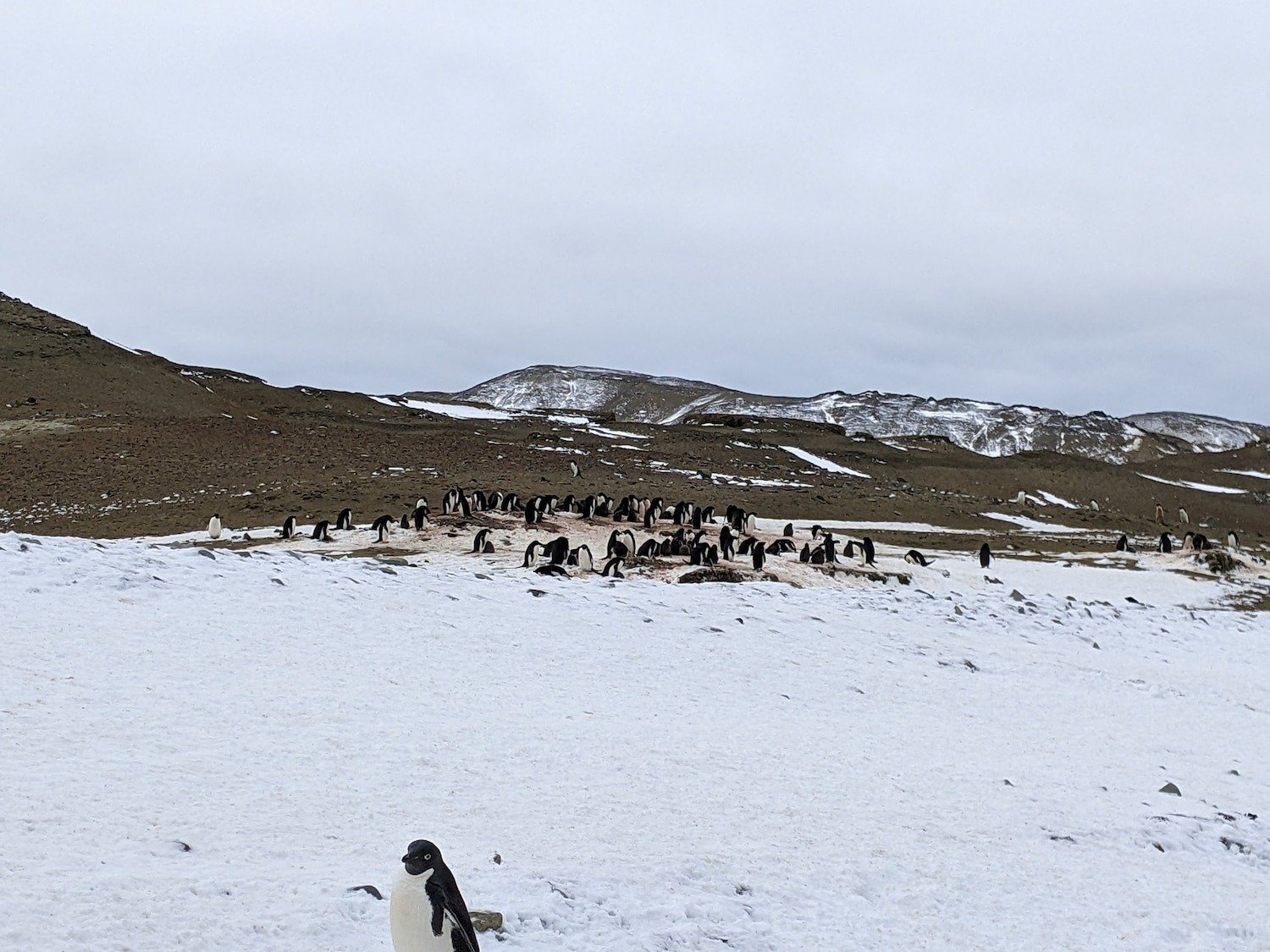
Climate change poses a serious threat to the Antarctic ecosystem. As temperatures continue to rise, sea ice is shrinking. This makes it harder for wildlife like seabirds, seals, and whales to find food, rest, or raise their young. Now, scientists may have found a surprising ally in their efforts to protect the continent — penguin poop.
Antarctic penguins live in large groups and generate large amounts of smelly poop or guano. The smell comes called ammonia, which is released as the waste breaks down. Once in the air, it mixes with other gases and forms tiny particles called aerosols. Water vapor sticks to these particles, helping clouds form. These clouds can reflect sunlight and help keep the ground cooler.

Scientists from the University of Helsinki in Finland wanted to find out if the poop helps form clouds across the continent. The team set up a research station at Marambio Base on the Antarctic Peninsula. From January to March 2023, they used special tools to monitor the air around a colony of about 60,000 Adélie penguins.
They found that when the wind blew from the direction of the colony, ammonia levels near Marambio Base jumped. They reached up to 1,000 times higher than normal. Even weeks after the penguins left, the levels remained about 100 times above average. The researchers also noticed fog in the hours after ammonia spikes. This was likely caused by the increase in aerosol particles in the air.

"The most surprising part for me was the strength of ammonia emissions from the penguin guano for a month after the penguins were no longer present at the colony," says study leader Matthew Boyer. "They left for their annual migration, but the guano they left behind in the soils continued to emit gas ammonia at about 100 times higher than the baseline."
The team published their findings in the journal Communications Earth & Environment on May 22, 2025. They need to do more research to determine how much of the cloud cover over Antarctica is driven by penguins. They also do not know whether those clouds help cool or warm the ground. Clouds can reflect sunlight, which cools the surface. But they can also trap heat, which warms it. This means their effect may vary across different areas. Still, the study shows the importance — and possible climate benefits — of protecting Antarctica’s wildlife and their habitats.
Resources: Smithsonianmag.com, Popsci.com, Eurekaalert.com